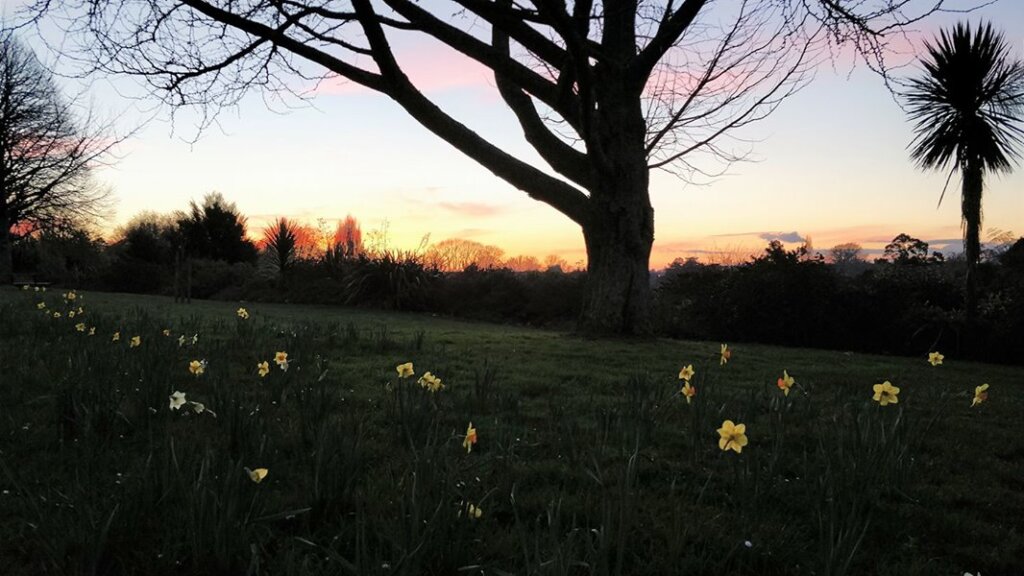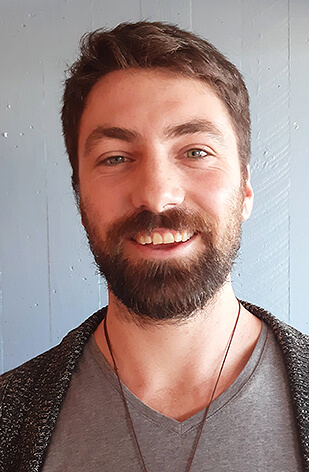
Daffodils are a sign that spring is here.

Samuel Pullenger
As Spring arrives, this year I have decided to get into growing fruits and vegetables.
Having been given a couple of strawberry plants, I have built a little raised garden and am beginning my journey into the world of gardening. One of the fascinating things I have been learning about in gardening is compost and topsoil. Almost all of the nutrients a plant needs are found in the topsoil.
So whatever I decide to spray on my topsoil, or the ingredients I put in my compost which will be worked into the topsoil, will be ingested by the plants I am trying to grow there. Or it will kill off the much needed nutrients that the soil already had. Though this research can get very dense, it is incredibly encouraging to see the new flowers blossom on my strawberry plants.
At the same time as I have begun gardening, the liturgical church is celebrating a month of care for creation. This is a time where we are invited to think, discuss and pray about the ways we can work with creation to flourish. We believe that we are not apart from creation, but formed within creation; if creation flourishes, we will flourish. Though we are invited to think about creation on an individual level, we are also invited to think more deeply about how we can work with our community to care for creation.
As many of you will know there is a resource consent application going through the local council to build a waste to energy plant within Te Awamutu. As the community of Te Awamutu, we are called to reflect on the possible impact this plant can have on us and our environment.
Waste to energy plants are a significant way to lower the amount of waste that we are currently dumping into the earth. However, they also pose a significant risk to the air, soil and water that they are built around. This means they pose a significant risk to the humans they are built around too. I think this leads us to question what we really value and whether the electricity that will be produced is more important than the impact it could have on the environment.
For me, my faith is what guides me through the question. In the opening verses of the Bible, we are presented with a story of God’s creation of the world. This story focuses on the relationship God has with creation, and then calls humans to care for what God has created. In the closing verses of the Bible we are again presented with a picture of creation. However, this time is a creation renewed, one where God has come down to live among creation. In all this, we are given a picture of participation and mutual flourishing.
Like the soil I have planted my strawberries in, we are challenged to think about what we will allow to filter into our wider environment. In response, I encourage you to make a submission to the Waipa council about the proposed waste to energy plant.









